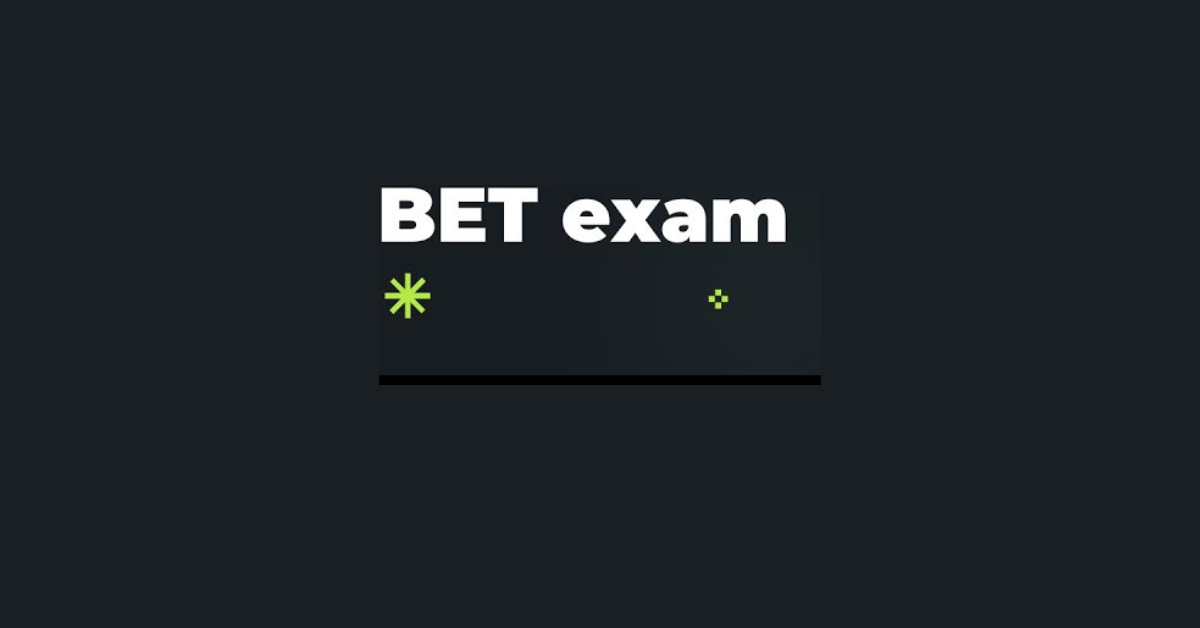Overview of the BET Exam
The Biotechnology Eligibility Test (BET) is a national-level entrance exam conducted for students seeking admission to prestigious biotechnology research institutes in India. It serves as a qualifying exam for various programs such as M.Sc. Biotechnology, M.Sc. Agricultural Biotechnology, and M.V.Sc. Biotechnology.
The BET Exam is designed to assess the knowledge, skills, and aptitude of candidates in the field of biotechnology. It covers a wide range of topics including molecular biology, genetics, cell biology, biochemistry, biotechnology applications, and environmental biotechnology. The exam aims to evaluate the candidates’ understanding of fundamental concepts in biotechnology and their ability to apply this knowledge to real-world scenarios.
Purpose of the BET Exam
The purpose of the Basic Entrance Test (BET) Exam is to assess the academic aptitude and potential of students seeking admission to various undergraduate programs. By evaluating students’ knowledge in key subjects such as mathematics, science, and English, the exam helps educational institutions identify candidates who are well-prepared for the rigors of higher education. Additionally, the BET Exam aims to provide a standardized measure of students’ abilities, allowing colleges and universities to make informed decisions in the admissions process.
Furthermore, the BET Exam serves as a tool for students to showcase their strengths and skills to academic institutions. By demonstrating their proficiency in the subjects covered by the exam, students can enhance their chances of gaining acceptance into their desired programs. Ultimately, the purpose of the BET Exam is to facilitate a fair and transparent admissions process that benefits both students and educational institutions alike.
Eligibility Criteria for the BET Exam
To be eligible to take the Biotechnology Eligibility Test (BET), candidates must hold a Bachelor’s degree in the field of Life Sciences, Biotechnology, Veterinary Science, or any other related discipline from a recognized university. It is essential for applicants to have secured at least 55% aggregate marks in their qualifying degree. Additionally, there is a relaxation of 5% for candidates belonging to the reserved categories as per the government norms.
The upper age limit for candidates appearing for the BET exam is 28 years, although certain relaxation criteria apply for SC/ST/OBC/PwD categories as per the regulations. It is important for applicants to carefully check and fulfill all eligibility criteria before applying for the exam. Failure to meet any of the specified requirements may lead to disqualification from the examination process.
Format of the BET Exam
The BET exam is comprised of three main sections: Verbal Reasoning, Quantitative Reasoning, and Analytical Writing. Each section is designed to assess different skills and abilities of the test takers. The Verbal Reasoning section consists of multiple-choice questions that evaluate critical thinking, reading comprehension, and vocabulary proficiency. In the Quantitative Reasoning section, test takers are presented with mathematical problems that test their knowledge of arithmetic, algebra, geometry, and data analysis.
The Analytical Writing section of the BET exam requires test takers to write two essays: one analyzing an issue and the other analyzing an argument. This section assesses the test takers’ ability to articulate complex ideas clearly and effectively, as well as their skill in constructing a well-organized and coherent argument. Each essay is scored on a scale of 0-6, with the scores from both essays combined to form the final score for this section.
Sections of the BET Exam
The BET Exam consists of four sections, each designed to test different skills and knowledge areas. The first section focuses on English language proficiency, including grammar, vocabulary, and reading comprehension. Candidates are required to demonstrate their ability to understand and analyze written passages, as well as to communicate effectively through writing.
The second section assesses mathematical abilities, covering topics such as algebra, geometry, and statistics. Test-takers are expected to solve problems, interpret data, and apply mathematical concepts in various scenarios. This section aims to evaluate the candidate’s quantitative reasoning and analytical skills.















